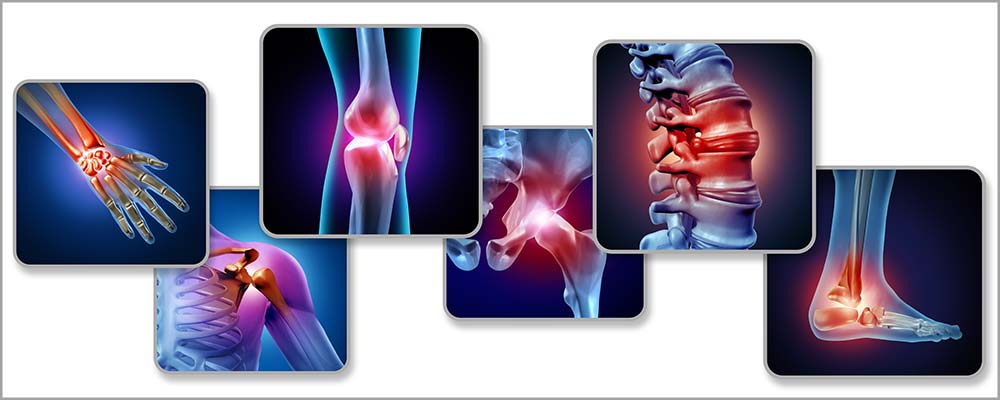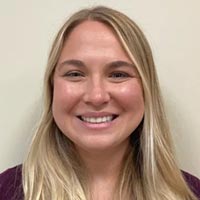Learning what sets arthritis apart from other injuries
Posted On: April 17, 2024 by Lindsay Matijevich

The musculoskeletal system can be impacted by both arthritis and injuries, which can cause confusion in diagnosis and therapy. As a physical therapy clinic, we recognize how important it is to know the differences between these conditions in order to give our patients proper and individualized care. In this blog post, we’ll look at how arthritis differs from other types of injuries, including symptoms, causes, and treatment options.
Understanding Arthritis: A Brief Overview
Inflammation of the joints is the main feature of arthritis; common types include psoriatic, rheumatoid, and osteoarthritis. Depending on the kind, there are different symptoms, but typical ones include stiffness, swelling, joint pain, and decreased mobility.
All ages are affected by arthritis, although older adults—especially women—are more likely to have the condition. Rheumatoid arthritis is the most common form.
Connection Between Arthritis and Sports Injuries
Although arthritis and sports injuries are sometimes confused for one another, they have different origins and mechanisms. Sports injuries can occur in the form of sprains, strains, fractures, or tears in the ligaments. When engaging in physical exercise, these injuries can happen quickly as a result of poor form, not enough warm-up, or constant joint stress.
On the other hand, arthritis is a condition that progresses gradually over time and is impacted by several variables, such as age, genetics, lifestyle, and immune dysfunction. Although those with sports injuries are more likely to develop arthritis, arthritis is not usually thought of as a sports injury.
Main Injuries That Are Commonly Confused About Arthritis
Due to its comparable symptoms to other ailments, arthritis is a prevalent illness that is sometimes misdiagnosed. Ligament tears, bursitis, and tendinitis are among the disorders that are frequently confused.
- The bursae, which cushion the muscles, tendons, and bones around joints, become inflamed when someone has bursitis.
- Inflammation of a tendon that connects muscles to bones is known as tendinitis. When tendinitis first appears, it can mimic arthritis and affect a variety of joints.
- Severe pain, swelling, and instability can result from ligament rips, such as those affecting the medial collateral ligament or anterior cruciate ligament. These injuries, which often occur during athletic activities or events with a high risk of trauma, might first be misinterpreted as arthritis.
Different Types of Arthritis and Their Differences
The term “arthritis” refers to a wide range of conditions, each with specific characteristics, origins, and methods of treatment. There are many other forms of arthritis, such as lupus arthritis, gout, juvenile idiopathic, ankylosing spondylitis, and gout arthritis, but the most prevalent ones are osteoarthritis, rheumatoid arthritis, and psoriatic arthritis.
The process of damaging cartilage in the joints, which causes pain, stiffness, and swelling, is an indicator of osteoarthritis. It often affects older people and is linked to a number of factors, including genetics, age, obesity, and joint injuries.
The autoimmune condition Rheumatoid arthritis is characterized by an attack on the synovium, the lining of the membranes surrounding the joints, by the body’s immune system. This affects not just the joints but also other organs in the body by causing inflammation, joint damage, and deformation.
Individuals who have psoriasis as a skin disorder might develop psoriatic arthritis. It results in skin lesions and specific conditions of nails, as well as joint pain, swelling, and stiffness.
Recognizing Arthritis Symptoms
Early intervention and management of arthritis depend on the ability to recognize its signs and symptoms. Joint pain, warmth, redness, stiffness, swelling, and limited range of motion are typical symptoms. Depending on the joints impacted by the arthritis and its kind and severity, these symptoms may change.
Rheumatoid arthritis often appears as symmetrical joint involvement along with general signs such as fatigue, fever, and weight loss. In contrast, osteoarthritis symptoms usually appear gradually over time and get worse with physical activity. Psoriatic arthritis can cause swelling, stiffness, and pain in the joints. It can also cause skin lesions and nail abnormalities that are common in psoriasis.
Diagnosis process for valid treatment
Unlike other medical conditions that might happen immediately from trauma or excessive workload, arthritis develops gradually over time. Acute injuries may heal with rest and therapy, but chronic injuries may continue or get worse over time. Making the right treatment strategy and differentiating arthritis from other ailments depend on an accurate diagnosis.
Examination of joint injury, inflammation, and underlying causes can be done using diagnostic techniques such as blood tests, X-rays, MRI scans, and joint aspiration. For the diagnosis of arthritis, a patient’s medical history, physical examination, and diagnostic tests tend to be used in combination.
In some cases, other specialists, such as rheumatologists, may be referred to help diagnose and treat arthritis and other autoimmune disorders.
Conclusion
In conclusion, giving patients the best care possible requires an awareness of how arthritis differs from other injuries. Healthcare providers can more effectively satisfy the requirements of patients with joint pain and dysfunction by understanding the unique symptoms, underlying causes, and methods of treatment associated with each illness.
People can have better mobility, less pain, and an overall higher quality of life with the right diagnosis and treatment. Mossy Creek Rehab is still dedicated to providing patients in Jefferson City and all around the world with the information and support they need.

